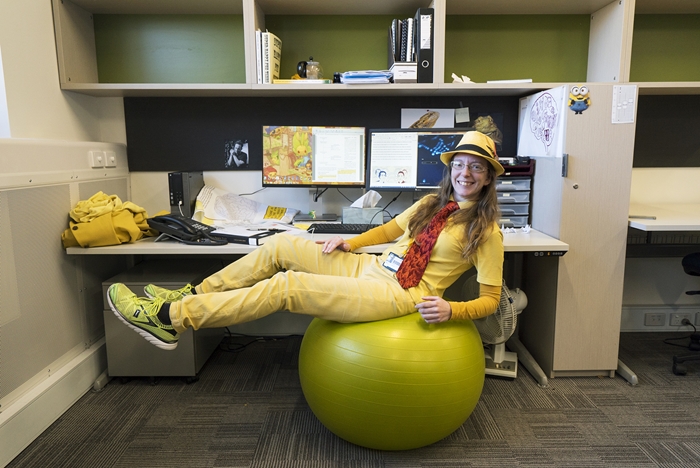ANU scientists in their 'natural habitat'
ANU scientists in their 'natural habitat'
Open any office door at ANU, and you never know quite what you’ll find inside. To celebrate National Science Week, we take a peek at some of our scientists in their “natural habitat”, the—sometimes unexpected—places where ground-breaking work in science, environment, medicine and health happens.
Dr Mitzy Pepper
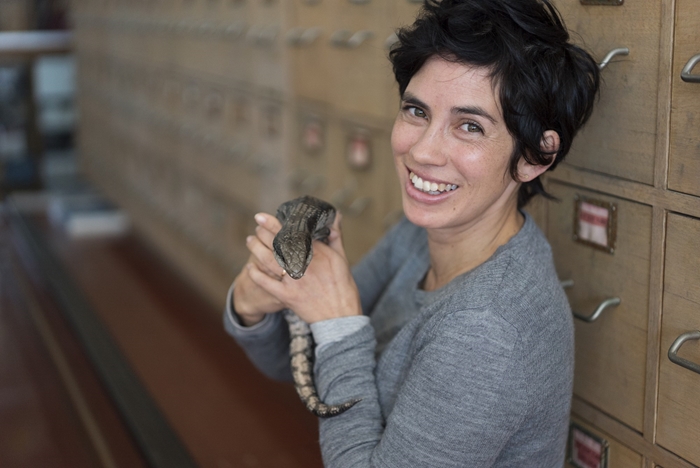
Dr Mitzy Pepper researches reptile and amphibian evolution and diversification at the ANU Research School of Biology.
"Australia has an extraordinary diversity of lizards. It's a pretty awesome part of my job that I get to go all over the country to find them."
Dr Andras Kesze

Dr Andras Keszei researches the genetics and evolution of eucalypts and tea trees at the ANU Research School of Biology.
“When I have students in my office they often don’t even notice the stick insects. They can get a big surprise when they do! In November, when the eggs hatch, I’ll be inundated with 300 babies.”
Dr Marnie Forster
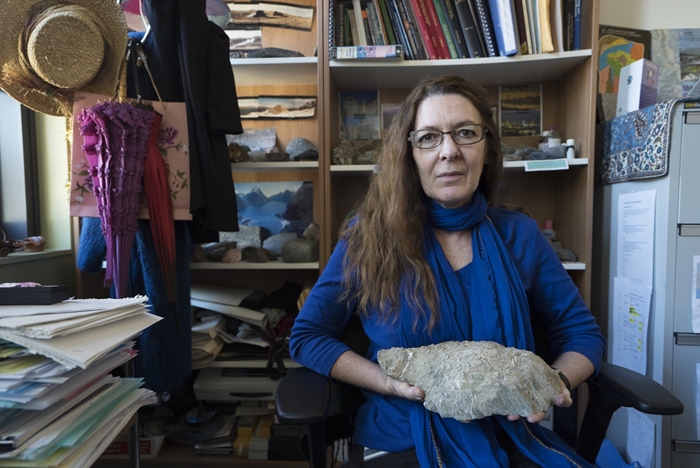
Dr Marnie Forster is a structural geologist and an argon geochronologist at the ANU Research School of Earth Sciences.
“There are three reasons I’d choose a rock for on my shelves. Number one, the sheer beauty of them. The second reason is if they have specific structures which are really special or unusual. The third is if there’s mineral growth. And really, how could anyone throw these rocks away?”
Vanessa de Kauwe
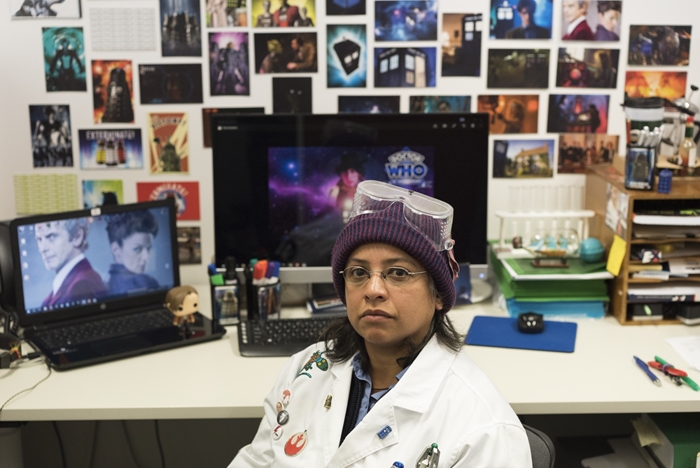
Vanessa de Kauwe is studying for a PhD on science-based programs for people with intellectual disabilities at the National Centre for the Public Awareness of Science at ANU.
“I wrote a chapter in a book on race representation in Dr Who. When it was published, there were Dr Who fans who didn’t like it and there was a hell of a backlash. Check the web—you'll see what I mean! But I haven’t been put off. I’ve been invited to write something on Star Trek next.”
Distinguished Professor Chennupati Jagadish AC
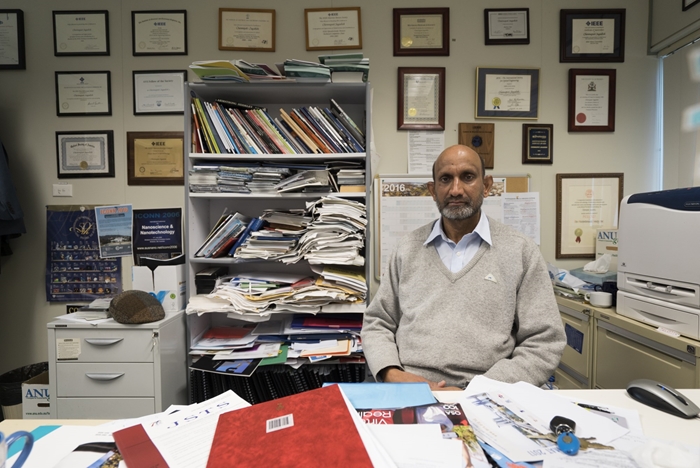
Distinguished Professor Chennupati Jagadish AC has won innumerable honours for his work on compound semiconductor optoelectronics and nanotechnology at the ANU Research School of Physics and Engineering.
“Those who work in messy offices, like me, they go by hierarchal memory. You know the pile where you put the stuff, and when it came, so you know how close to the top or bottom of the pile you can find it.”
Professor Thomas Preiss
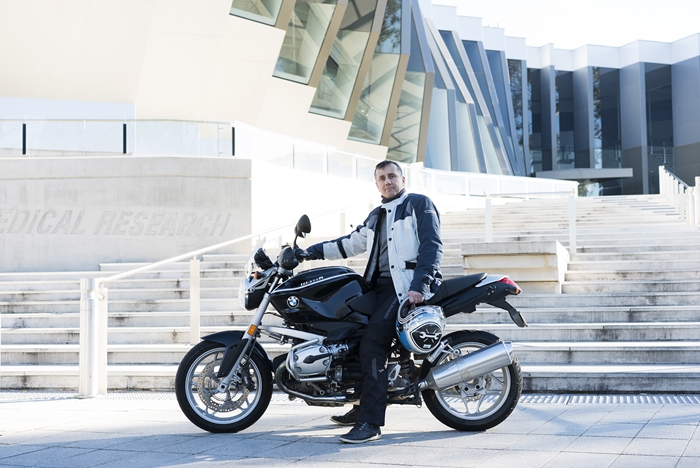
Professor Thomas Preiss is a molecular biologist researching the role of RNA in gene regulation at the John Curtin School of Medical Research at ANU.
“I ride my bike on the weekend and sometimes to work or to conferences. It’s nice to not think too much and just absorb the landscape, and follow a winding road. But I don’t see riding my bike as a counterpoint to serious research. For me, research is not a dry occupation. It’s fun too.”
Dr Simon Robertson
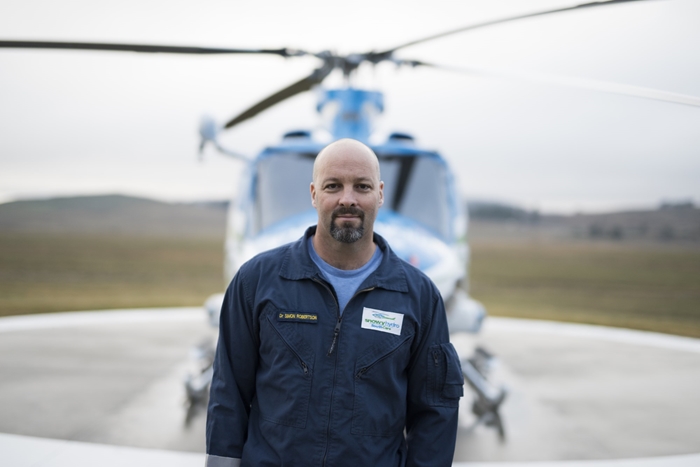
Dr Simon Robertson is a medical doctor on the crew of the Snowy Hydro SouthCare rescue and retrieval helicopter. He is also Senior Lecturer in critical care and emergency medicine at the ANU Medical School.
“When we get a call dispatching us to an emergency, we have ten minutes to get the helicopter in the air. We don’t even find out the condition of the patient until we’re in flight. We just shut up and go.”
Dr Deborah Apthorp
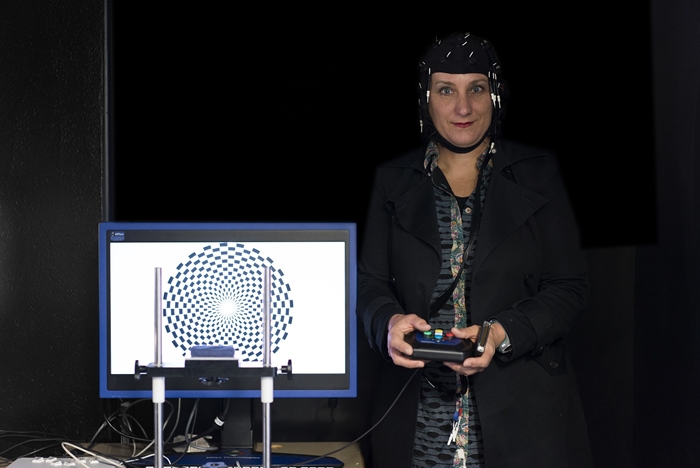
Dr Deborah Apthorp is a neuroscientist researching human visual perception of motion and self-motion at the ANU Research School of Psychology.
“One time I was at dinner with a friend’s five year-old, and she asked me what my job was. I said I was a scientist and she asked, ‘Are you a mad scientist?’ I said, ‘Absolutely’. And she said, ‘That must be why you have frizzy hair!’”
Professor Michael Barnsley

Professor Michael Barnsley is a mathematician at the ANU Mathematical Sciences Institute specialising in fractal transformations.
“These are fractal teapots. We put an ordinary teapot through a fractal transformer and then we make them with a 3D printer upstairs. We’re coming up with a collection of china that is so interesting and unusual that we hope it will win the American Mathematical Society competition for interplay between mathematics and art.”
Associate Professor Céline d’Orgeville
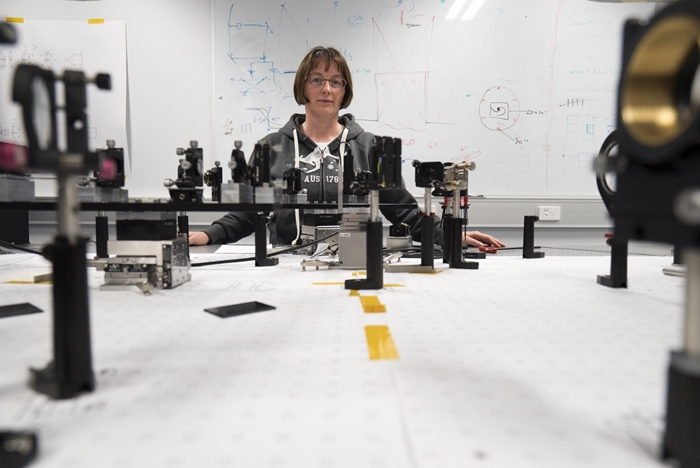
Associate Professor Céline d’Orgeville is an instrument scientist in the adaptive optics group at the ANU Research School of Astronomy and Astrophysics.
“We use lasers to measure where satellites or debris will be in space. If there’s a collision predicted, we are researching how we can use a powerful laser to nudge the space junk out of the way of the satellite before you end up with a situation like in the movie Gravity.”
Associate Professor Cristopher Brack
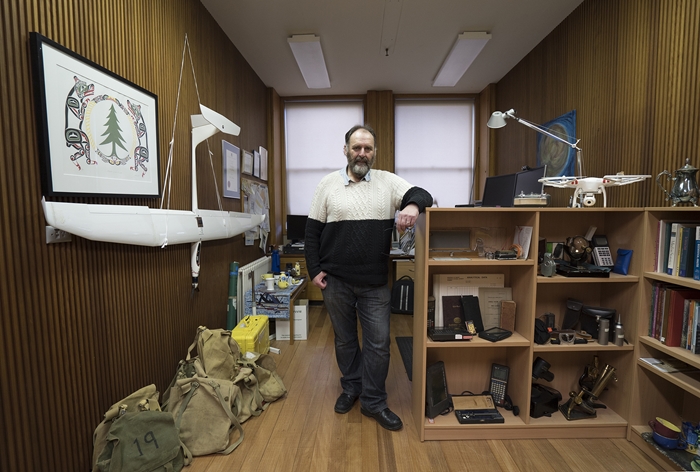
Associate Professor Cristopher Brack researches forest management and environment at the Fenner School of Environment and Society at ANU.
“In 1998 we had to write a grant application to buy a 10MB memory card—that’s how expensive it was. We bought it to use in a groundbreaking digital camera that had nearly one megapixel resolution. Technology is not the limiting factor for us anymore.”
Dr Erin Walsh
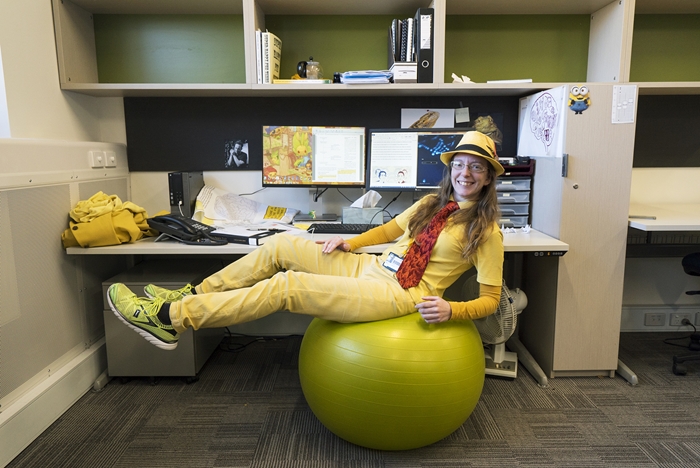
Dr Erin Walsh at her desk at the ANU Research School of Population Health where she researches the impact of blood glucose on the ageing mind and body.
“I just really like yellow. When I like something, I really, really like something. I couldn’t be a researcher if I wasn’t like that.”
